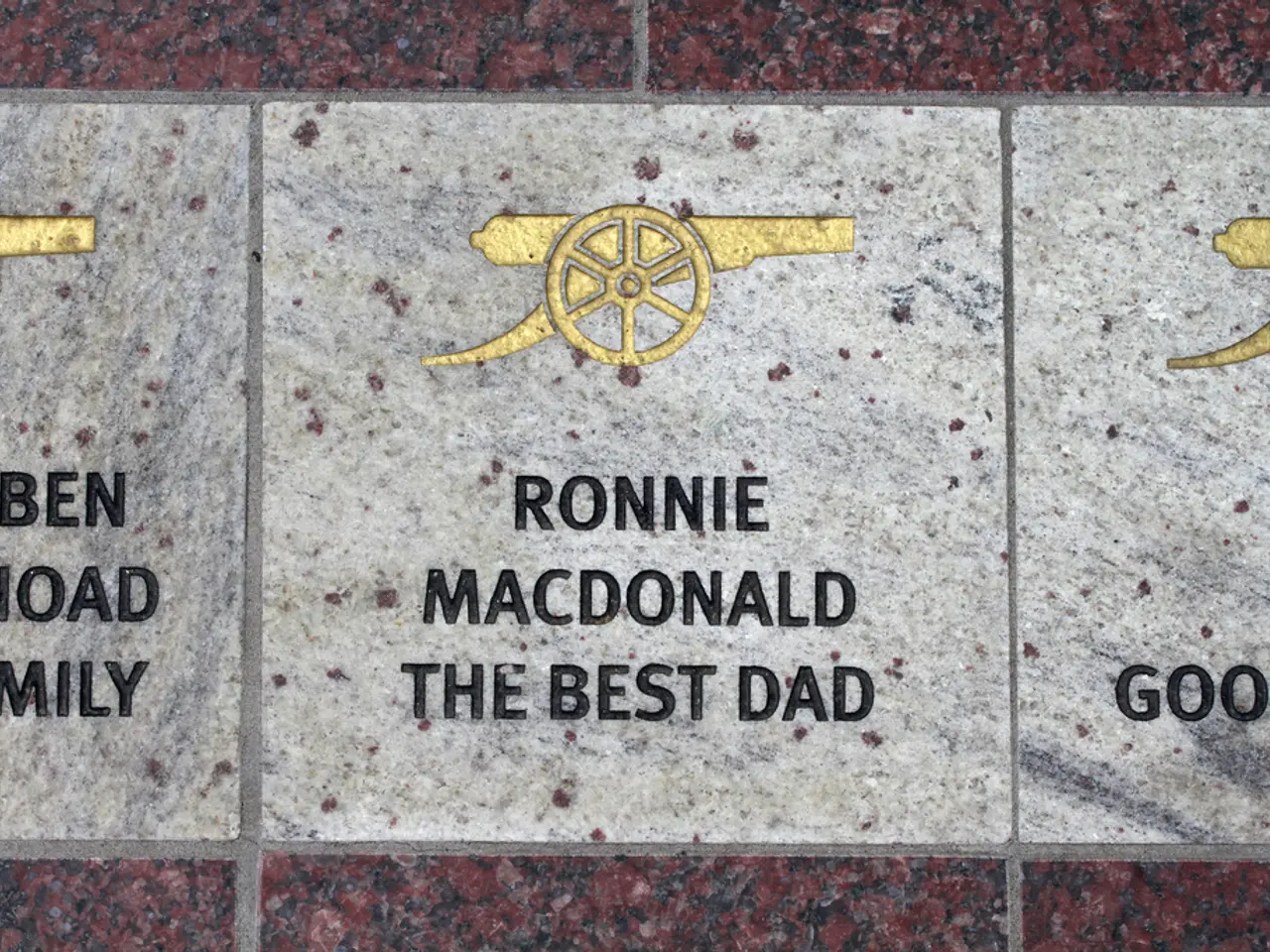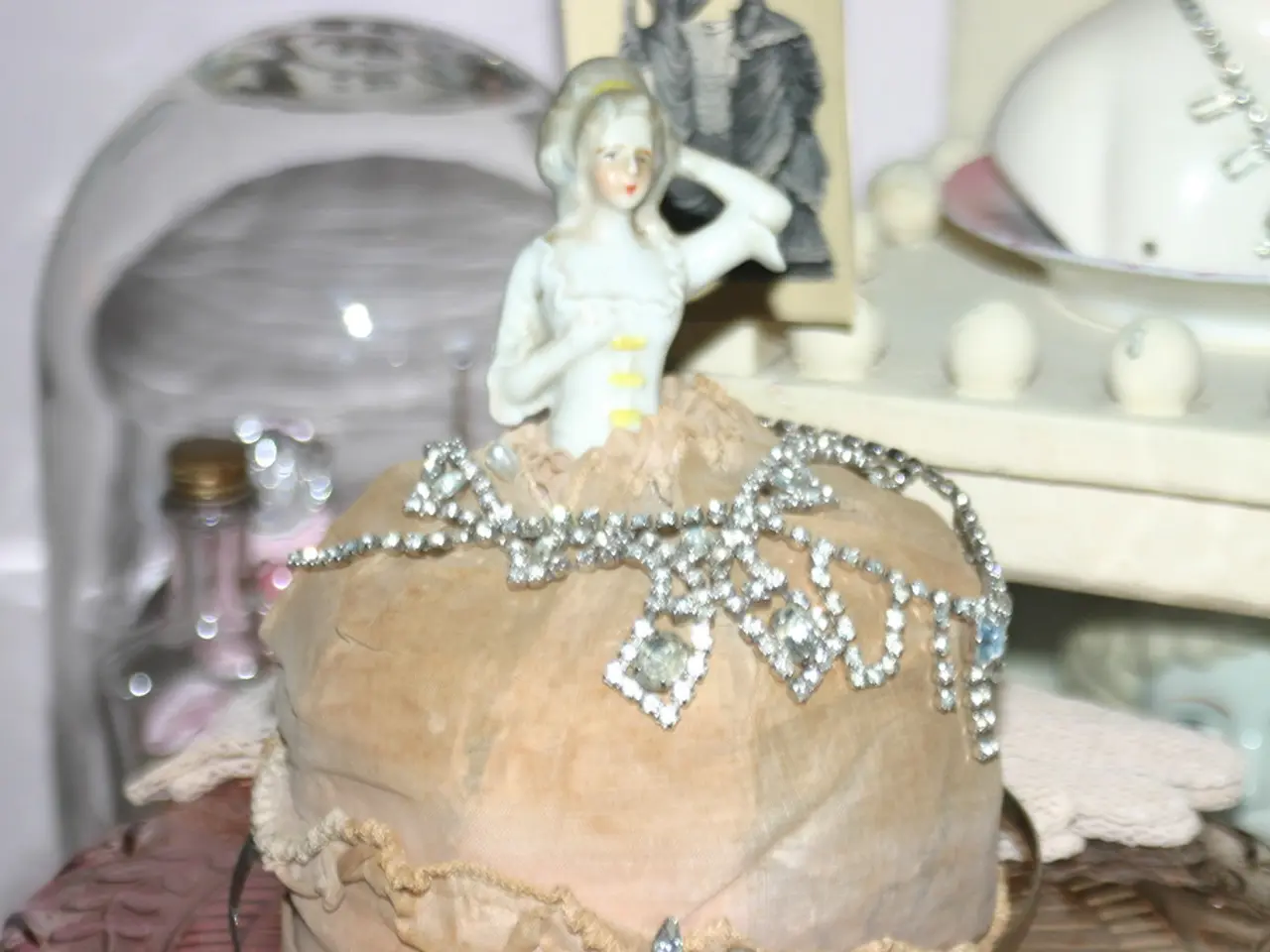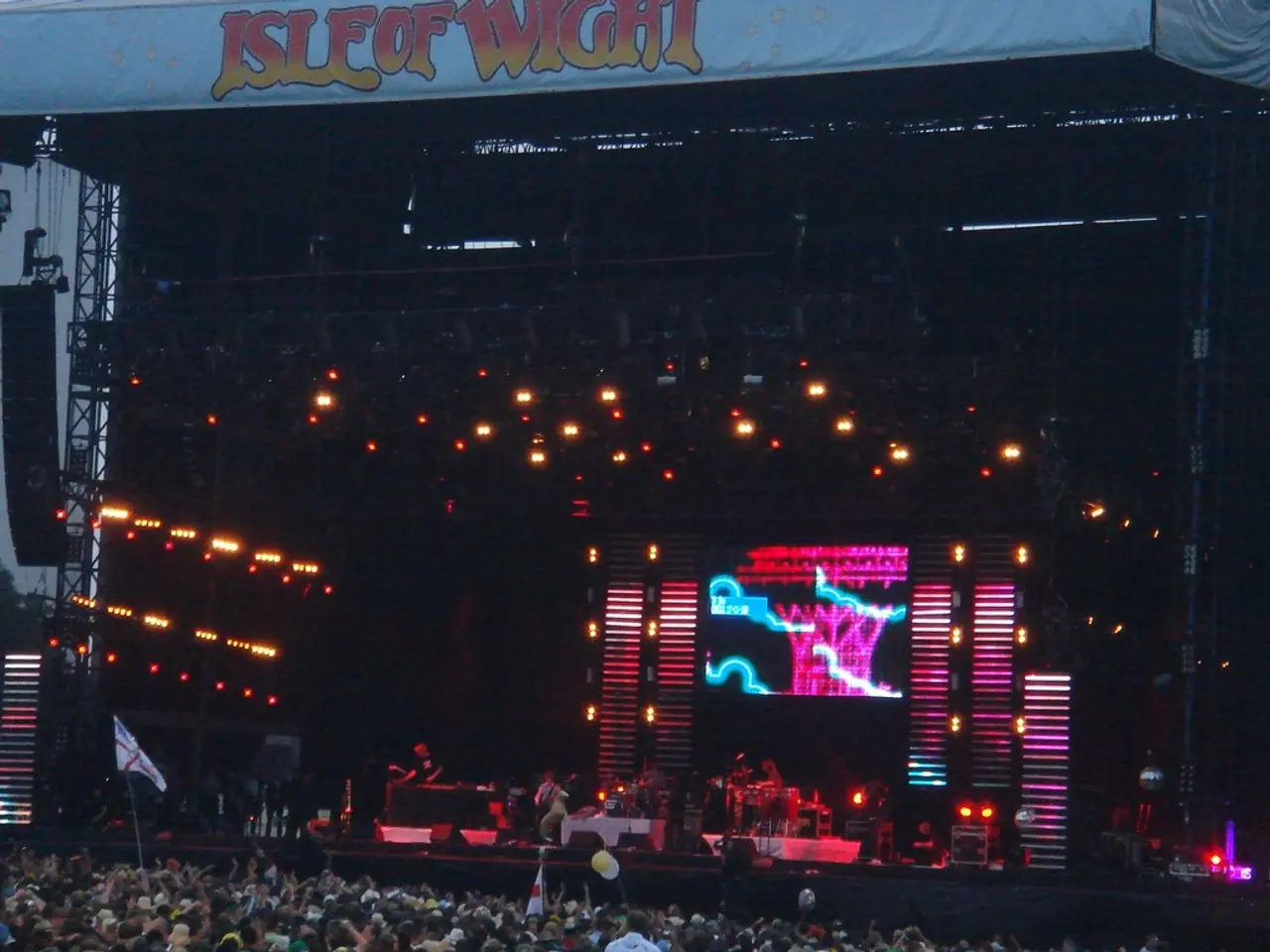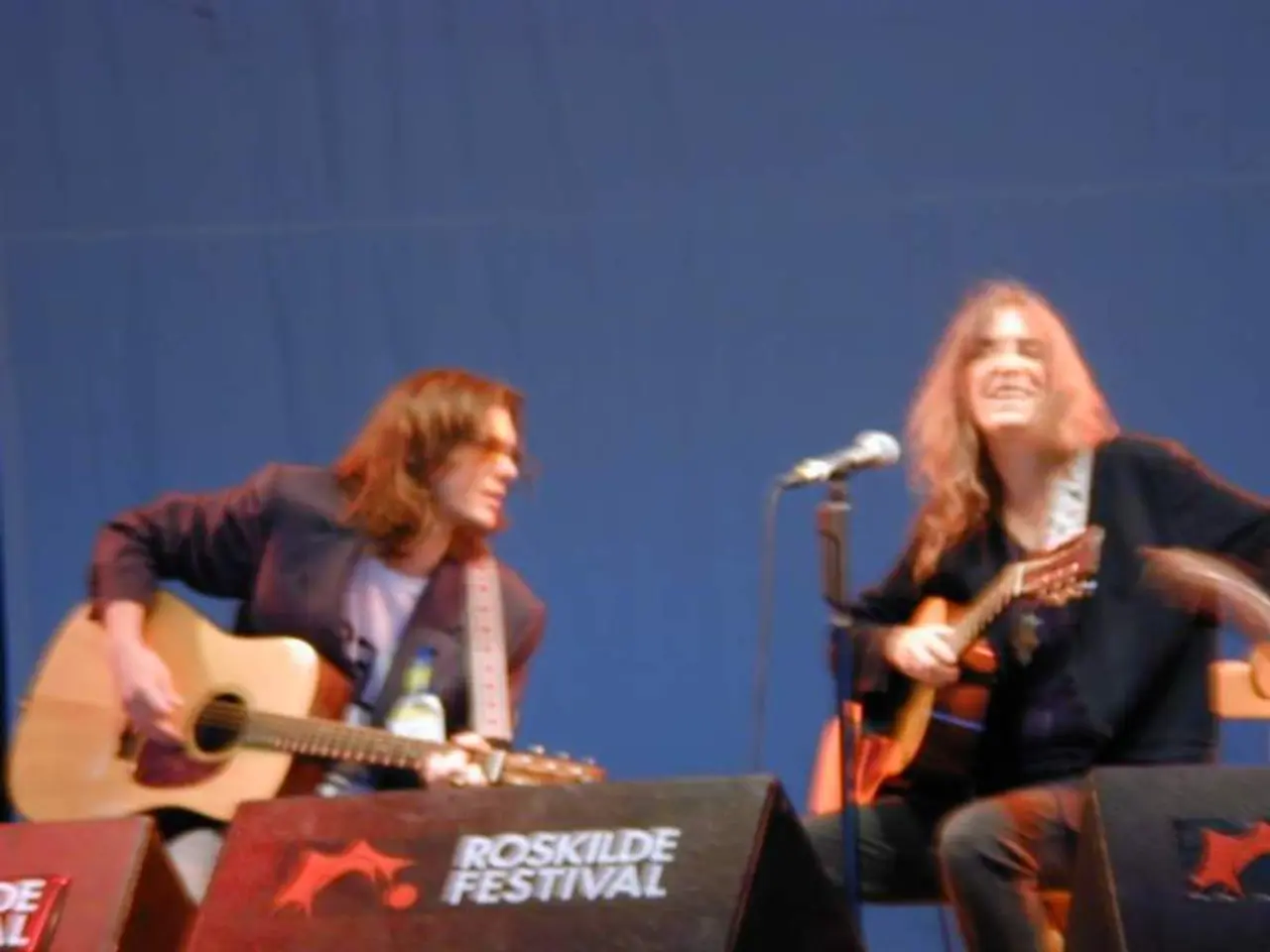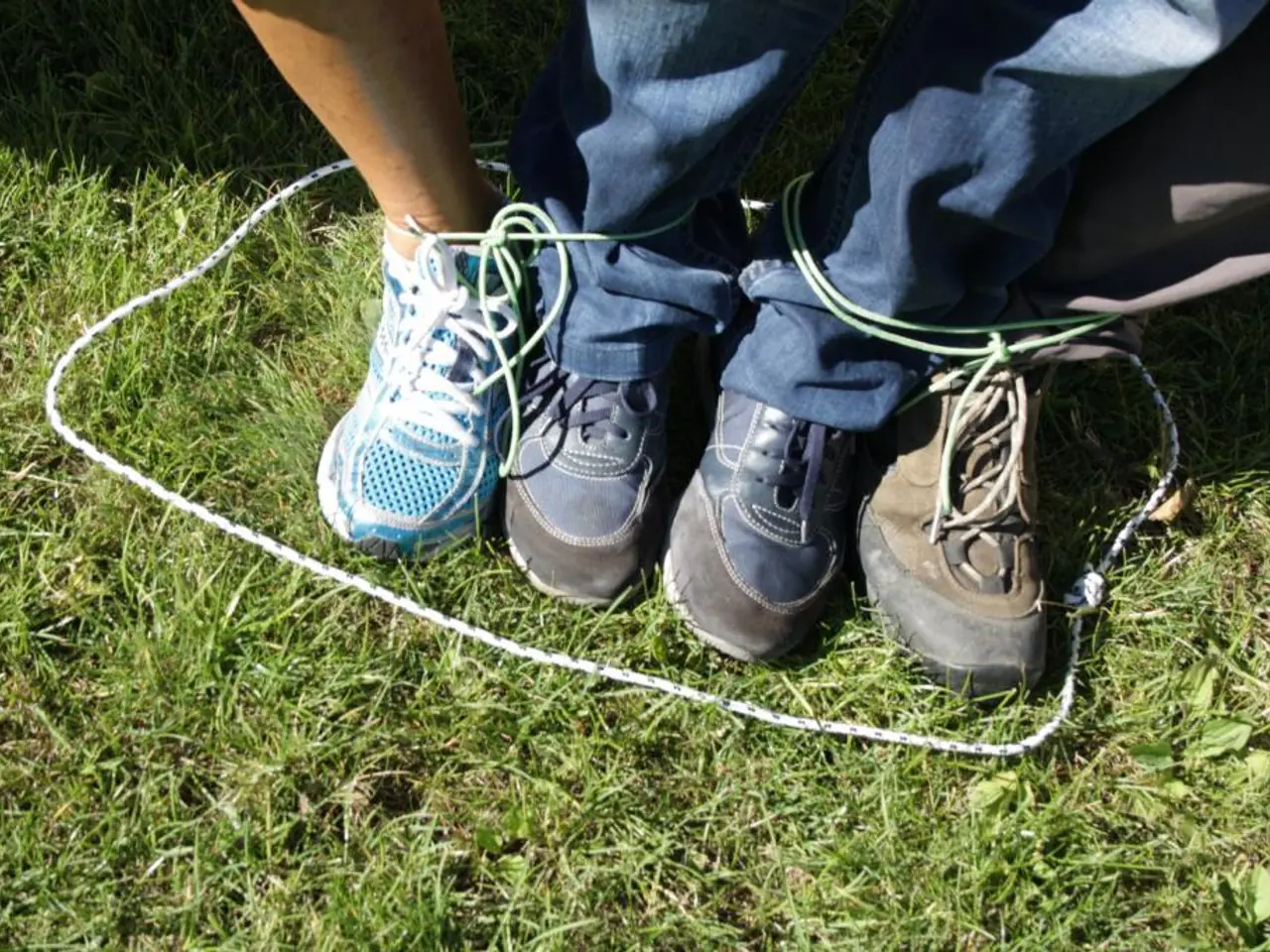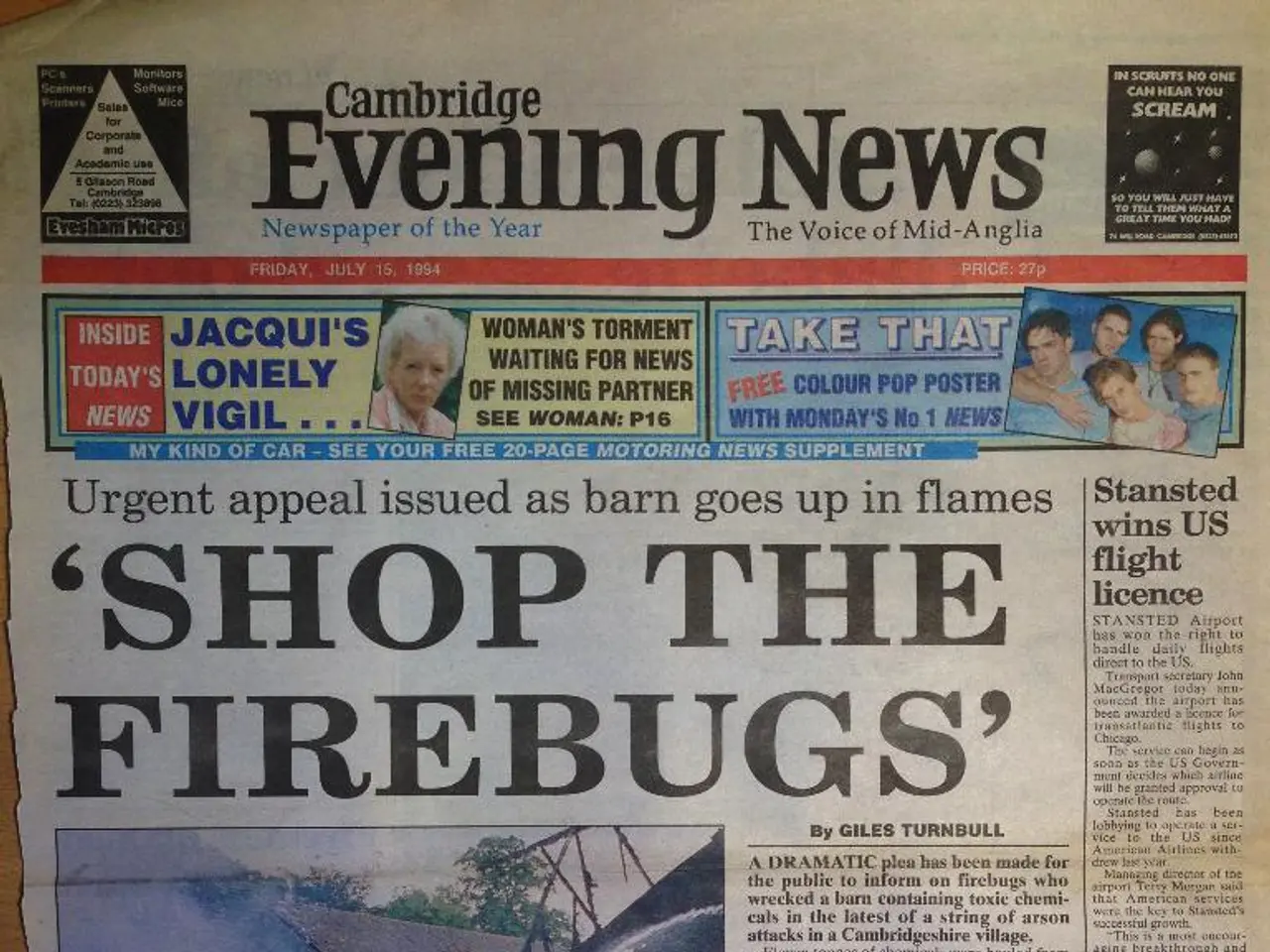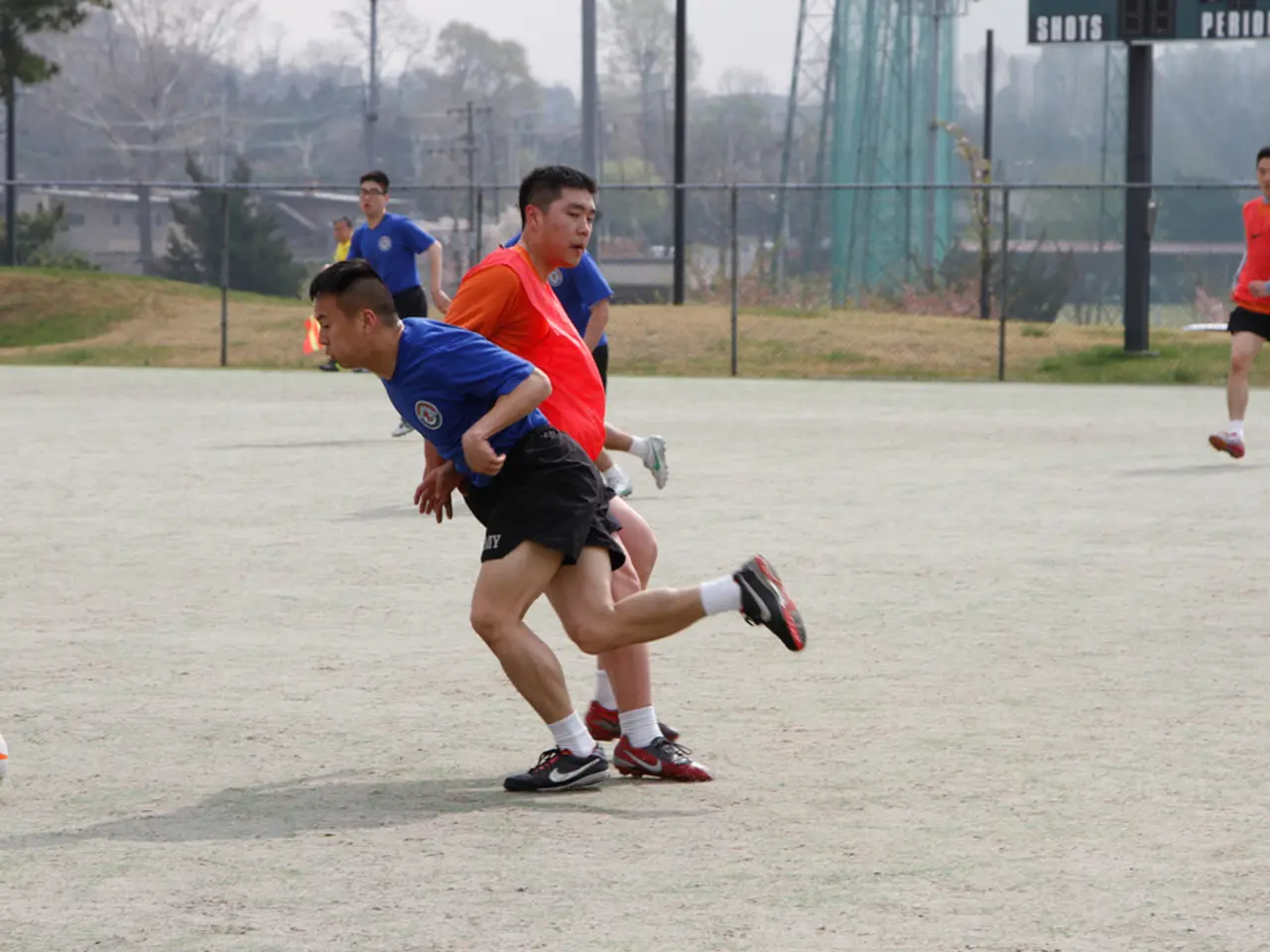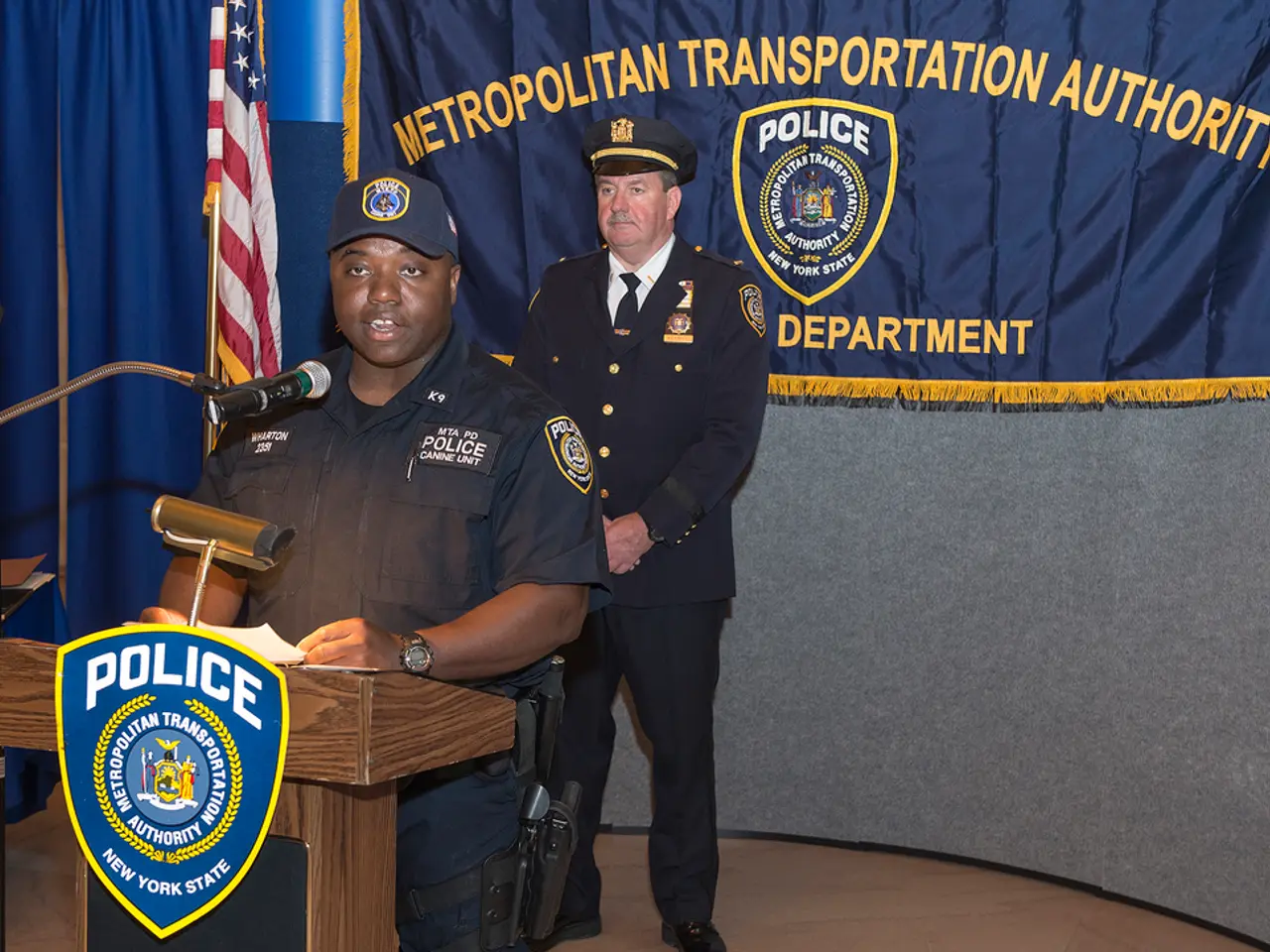"Expressing discontent with the current environment"
In the ruined city of Nuremberg, late in 1945, a gathering of some of the world's most renowned journalists and writers occurred, as they assembled to cover the historic trial of the main Nazi regime culprits [1]. Among them was Rebecca West, known for her sharp political insight and her writings on the trials as they unfolded in the devastated German city [3].
The castle of Faber-Castell was confiscated to accommodate the influx of journalists, writers, reporters, illustrators, caricaturists, and others who had travelled to Nuremberg to cover the momentous event [2]. Notable attendees included John Dos Passos, Wolfgang Hildesheimer, Willy Brandt, and Markus Wolf, who would later become a prominent figure in East Germany's intelligence services [1].
The trial, which took place after numerous bombing raids, was a sombre and harrowing experience for all involved. Erich Kästner, a well-known German author, attended the trial's opening but was disturbed by the horrors in the courtroom and resorted to black humor as a coping mechanism [1]. Kästner later confessed that the atrocities were too terrible to remain silent about, after seeing a documentary with images from the concentration camps [4].
Martha Gellhorn, a star reporter from the USA, was deeply shocked by her visit to the Dachau concentration camp and detailed the crimes of the Hitler dictatorship in a reportage and later a novel [6]. Willy Brandt, who maintained utmost sobriety while reporting for a Norwegian audience, was equally affected by the trials [7]. Golo Mann, Erika Mann's younger brother, reported on the trial for a station in Frankfurt am Main [8].
Uwe Neumahr's book, "The Castle of the Writers. Nürnberg '46. On the Brink," offers a detailed account of history and intellectual attitudes during the trial [9]. The book includes anecdotes about nocturnal drinking rounds in the press camp, the behaviour of the defendants, and the reactions of the press representatives [9].
However, the new East-West conflict was already noticeable during nightly discussions between representatives of both camps [10]. Erika Mann, who had arrived in Nuremberg as an officer in the US Army, expressed harsh criticism towards the Germans [11].
The trials attracted a diverse group of individuals, each with their own unique perspective on the events unfolding in Nuremberg. While specific additional individual journalists or writers documented as physically present at Nuremberg during the trials are not explicitly listed, the influence of these individuals on the historical record cannot be overstated. Further research into the roles of these key journalists and writers in the aftermath of the trials would undoubtedly provide valuable insights into the post-war period.
In the castle of Faber-Castell, books on entertainment likely accompanied the influx of journalists, writers, reporters, illustrators, and caricaturists who gathered in Nuremberg for the historic trial [2]. Among the diverse group of attendees, Erich Kaestner, a well-known German author, wrote about the trial in a blend of dark humor and sober reflection, absorbing the unfolding events in the ruined city [1, 4].
